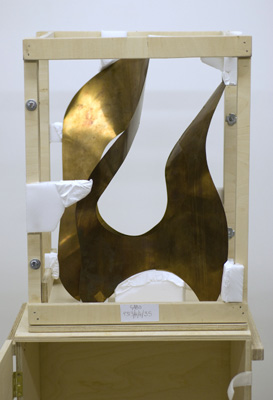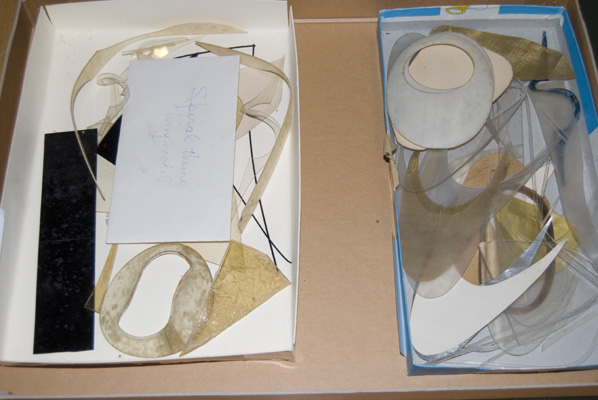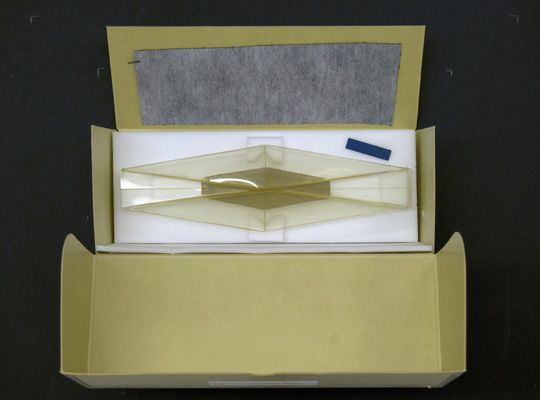
Archived objects in their original packing

Archived objects in their original packing

Archived objects in their original packing

Archived objects in their original packing

Archived objects in their original packing

Archived objects in their original packing

Objects after packing using materials to improve preservation and enhance visibility without the need for handling

Objects after packing using materials to improve preservation and enhance visibility without the need for handling

Objects after packing using materials to improve preservation and enhance visibility without the need for handling

Objects after packing using materials to improve preservation and enhance visibility without the need for handling

Objects after packing using materials to improve preservation and enhance visibility without the need for handling

Objects after packing using materials to improve preservation and enhance visibility without the need for handling

Objects after packing using materials to improve preservation and enhance visibility without the need for handling

Objects after packing using materials to improve preservation and enhance visibility without the need for handling

Objects after packing using materials to improve preservation and enhance visibility without the need for handling

Objects after packing using materials to improve preservation and enhance visibility without the need for handling

Naum Gabo
Naum Gabo archive
Tate’s archive holds much unique material relating to the life of Russian Constructivist artist Naum Gabo (1890–1977), thanks to Gabo himself, acquisition and the continuing generosity of the family. As well as an extensive collection of correspondence, writings, diaries and works on paper Gabo’s archives also house a range of objects connected with his working methods and practice. Included in the main archive (TGA 9313) are small models and templates in various materials shedding light on the artist’s first thoughts and plans for his 3D works, along with a number of tools from his studio. In 2007 a major project, generously funded by The Getty Foundation, began to catalogue all of the remaining uncatalogued collections relating to Gabo in the Tate Archive and make them more widely accessible.
Our sculpture conservator was asked to devise and implement a strategy for improving the storage of the objects within the archives. All objects were carefully photographed, both before and after packing, for the resource on Gabo available at Tate Online. Original packing was photographed and documented, and items were kept within their catalogued groups as far as possible. The nature of the materials and the large numbers of objects meant that this packing now required improvement. Individual items were difficult to view, and their fragility meant that making them available for public access put them at risk from the handling involved.
The project was carried out in the Tate Archive by our conservator with help from a specialist technician. It was important to complete an initial object survey to assess the type and quantity of packing materials required. Gabo was one of the first artists to use plastics in his sculpture and the archives contain a number of objects made in early plastics such as cellulose acetate and small amounts of cellulose nitrate. Unfortunately, these early cellulose plastics can sometimes be inherently unstable and may release nitric and acetic acids as they age, which can degrade paper and corrode metal in close contact with them. Bearing this in mind it was important to identify and isolate any objects that were likely to pose a risk to other archive material. We aimed to extend the lifetime of the objects using acid-free materials for all packing and a combination of activated charcoal cloth and MicroChamber card to absorb acidic gases where necessary. Ventilated boxes have been used for all cellulose plastics and indicator strips put in place to allow continuous visual monitoring of condition. Wherever possible, the objects were packed in boxes with transparent windows so that they can easily be observed. The various 3D models and other objects have been supplied with custom polyethylene foam supports and have been mounted so that they can be withdrawn from their boxes without the need for any handling. All flat templates have been separately packed in supported layers so that they can be clearly viewed whilst taking up the minimum amount of storage space. These measures should vastly improve access to this fascinating material so that it can become a more valuable resource for research.
You can view archival descriptions of all the items conserved at www.tate.org.uk.
With thanks to:
William Easterling who assisted with this project.
Adrian Glew for his help in organising this project.
Artist | Naum Gabo |
|---|---|
Name | Naum Gabo archive |
Client | The Tate Gallery |
Location | London |